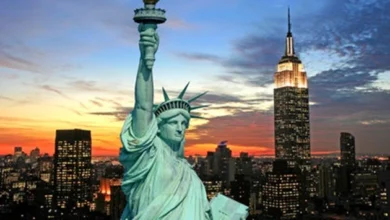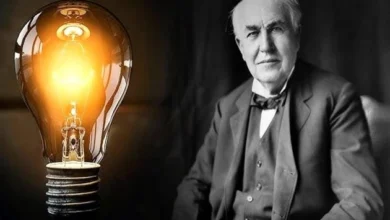From America to Caspian Sea, Greenland and to Africa: How Vikings almost Conquered the earth
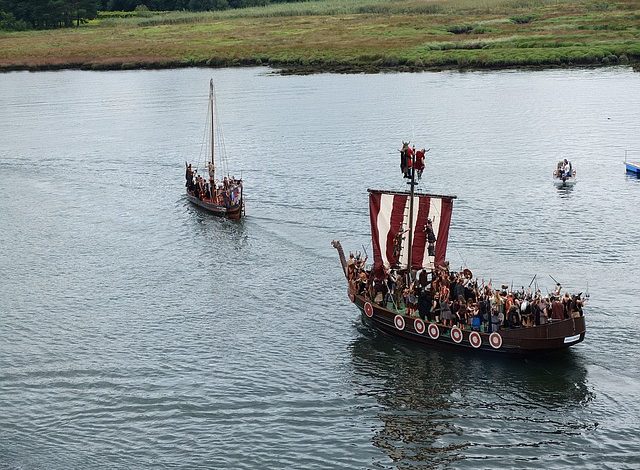
The Vikings excite the minds for many centuries, not just because they left behind many sagas with adventure stories. Although associated primarily with plunder, Scandinavian warriors have played a huge role in European history, founding cities, dynasties, and countries. To the east or the west, to the south before the clashes with the Arabs – the Vikings did not care where to seek their fortune, as long as they were away from the north.
In the eighth-ninth centuries AD, the Vikings, in which everyone was already accustomed to seeing small predators quickly attacking, quickly plundering, and swiftly sailing away, suddenly changed their tactics. Now they wanted more than gold, wine, and slaves. They began to establish their dominance in different lands.
This is not to say that the Scandinavians suddenly woke up a craving for statehood. Although they assumed kings, princes, dukes, and earls in the new lands, they viewed the conquered lands as lands, something like an expanded estate and not a new kingdom. The reason for the expansion of the Vikings is believed to be very commonplace.
The Scandinavians never lived off raids alone. They tilled the land, kept livestock, cut down forests. By the eighth century, the density of the most favorable for life, coastal regions of the Scandinavian Peninsula, became excessively high.
The Vikings began to look for new fields for grain and meadows for pastures. Of course, at the same time, their gaze turned anywhere, but not to the harsh Scandinavian north… Except, of course, those of the Vikings who went to discover and populate Iceland, Greenland, and North America.
Seeking happiness in the realm of eternal ice seems crazy to us, but the Vikings colonized Iceland and Greenland during the warming period. By the way, for this, they did not have to conquer anyone with fire and sword. Although the Inuit now seems to be the indigenous population of the northern islands, their expansion from the territory of modern Canada began much later. So the indigenous population (who settled down first) in both Iceland and Greenland are Norwegians. These countries are Scandinavian by law.
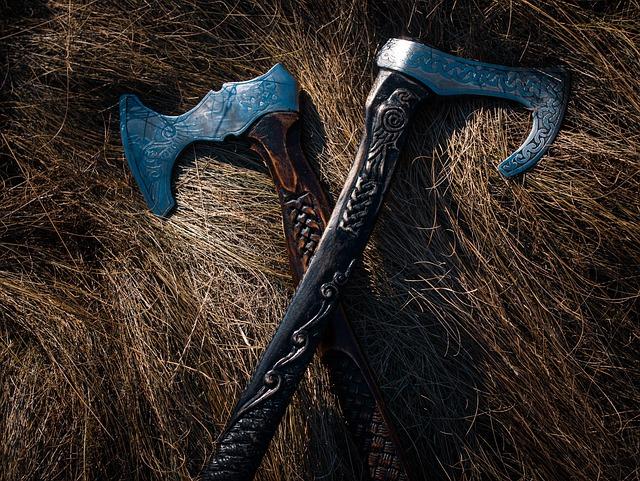
Although in America, where the Vikings got from Greenland, they did not manage to stay for a long time, since it was difficult to defend themselves against the warlike residents with small forces, the Vikings nevertheless founded the two northernmost countries. True, Greenland officially belongs to Denmark.
As for a very short attempt to colonize an island off the coast of North America, it left a very small trace: the genetic markers of an unknown Native American woman who was probably married to one of the Vikings. True, he brought home (to Iceland) not her, but two sons from her.
France and Sicily
Normandy is now perceived as an integral part of France and its history, but the Viking founded Normandy as a separate duchy. Naturally, he did not come to the new lands alone, so that many of the old noble families of Normandy are of Scandinavian origin. The very word “Normandy” means the country of “people from the north”.
It may seem that we are talking only about the northern coast of France, but Normandy made up half of it. The leader of the Normans turned out to be easier to recognize as a duke than to dislodge from the conquered lands – which the French king did immediately.
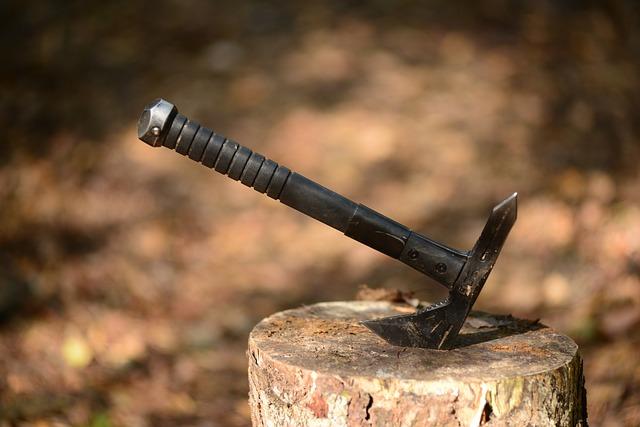
The founder of the Dukes of the Normandy dynasty was Rollo, an incredibly tall and muscular Viking, wide in bone, which no strongest horse could withstand. The French were sure that Rollo came from Denmark, but the Scandinavian sagas call him Norwegian – and the Scandinavian sagas are more accurate than many chronicles.
According to the sagas, Rollo’s father was a jarl, like a prince whose land was located west of Norway. After it was conquered by King Harald the Fair-haired, Rolf had to either come to terms with the loss of even an inferior principality or get himself a new one. He preferred the latter and made the right decision. His new possessions were much larger than those that should have come from his father.
Having made peace with the king of France, Rollo cemented his alliance with him by marrying his daughter Gisela after the death of his first wife Poppa, whom some consider being a concubine brought from England. Rolf’s associates founded several noble families, whose offspring, like the Varangians from Sweden and Denmark, served the Byzantines – only in southern Italy.
The Norman nobles, with their troops, later also conquered the south of Italy, and one of the Norman earls, Tancred, probably also from the descendants of the Vikings, founded the Sicilian dynasty. The Kingdom of Sicily included the entire south of Italy and Malta and some lands in northern Africa.
England, Scotland, and Ireland
Rollo’s brother Turf-Einarr, the unloved son of Rognvald from a slave, preferred to seek his share in the west. He conquered the Orkney Islands, which are now part of Scotland, and founded the Jarl dynasty. I must say that the father gave Einarr a ship and a squad with him only under the condition of never returning. Einar gave such a word and kept it.
The brave Viking received the nickname “Turf,” that is, “Peat” because he guessed to use peat for hearths – there were no forests on the Orkney Islands that could be cut down for firewood. The Einarr dynasty ruled for over three hundred years. Then the Norwegian king gave the islands to another family.
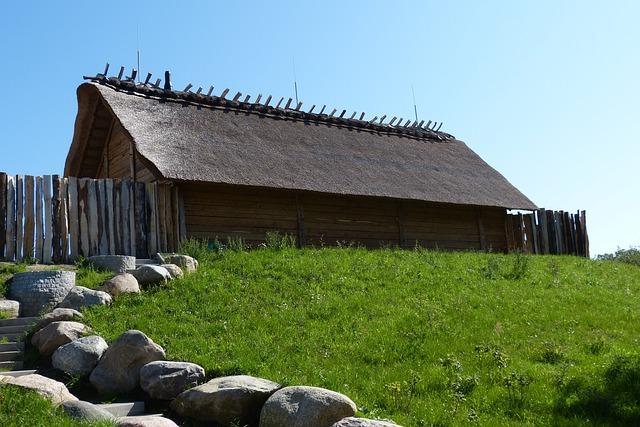
In Ireland, the Vikings founded Dublin. It was the kings of Scandinavian origin that ruled the country for a very long time. The British, who arrived after three centuries to conquer Ireland, found that there are still plenty of Scandinavian families there, only now baptized. Dublin is now the capital of Ireland. In addition, the Vikings settled in the Hebrides, Faroe, and the Shetland Islands, as well as the Isle of Man.
As for England, it is known that Princess Irene, the wife of Yaroslav the Wise, hid two English princes with her after her uncle Knud killed their father and their uncle, married their aunt, and became king of England. The dynasty he founded was called the Knutlings but did not last long. A certain Sven Forkbeard also visited the King of England.
The next Scandinavian conquest of England can be conditionally considered the invasion of the Norman Duke William the Conqueror, the great-great-great-grandson of Rollo. He not only conquered some English lands, including London but also created a single English kingdom.
Because of his invasion, during which the English king Harold was killed, Princess Gytha, who became the wife of Prince Vladimir Monomakh, reached Russia. So the expansion of the Vikings twice linked Ancient Russia and medieval England.
Holland, Principality of Novgorod and Muslims
A Danish Viking named Rörik was hired to serve Prince Lothair when he wanted to overthrow his father, Louis of the Carolingian dynasty. But, having become emperor, Lothair himself did not wait until he pushed his sons out, and in old age, abdicated the throne, dividing the country between his offspring.
Rörik himself, as a reward for his successes in the war with King Louis, received from Lothair the Frisian lands – an important part of the future Holland. Rorik also helped Lothair fend off attacks from his brothers. But as soon as the brothers made peace with the king, Rorik was robbed of his land and thrown into prison.
But Rorik was not taken aback, ran away, and returned with his brother. Before Lothair had time to look back, Utrecht again belonged to the Dane.

Rorik’s biography is interesting because there is a gap in it of several years, about which nothing is said in the European annals. As if the king was not in Europe at that moment. This makes it possible to assume that Rorik is the same Rurik who founded Novgorod at the intersection of the trade routes of the Vikings. The same Rurik, who, having made a child named Igor, departed forever for distant lands, leaving Igor in the care of a certain Oleg.
Rorik eventually made peace with Lothair and agreed to defend his lands from the raids of other northerners. And he defended, according to the chronicles, hard enough so that the coast of the future Holland could finally breathe calmly. Unfortunately, after the death of Rörik, his land was taken over by the Dane Godfrid. But, since he calmly allowed the Vikings to rob the Frisian families and himself also robbed them, he was killed.
A separate aspect of the expansion of the Vikings is the war with Muslims. These are clashes with Arabs in southern Italy and northern Africa and battles in future Spain, and an attempt to march to the Caspian Sea, led by Ingvar the far.
This restless character first tried to gain recognition from Olof, the father of Princess Irene, his title of king, and then left for the Russian lands. From there, with a recruited Varangian detachment, attack the lands of the Abbasids. The campaign ended unsuccessfully: Ingvar died of some contagious disease. The attempts of the Vikings to conquer a little of the Iberian Peninsula ended no more gloriously – the Arabs won. And yet, the scale of the Vikings – from North America to the Caspian Sea, from Greenland to Africa – is still striking.


